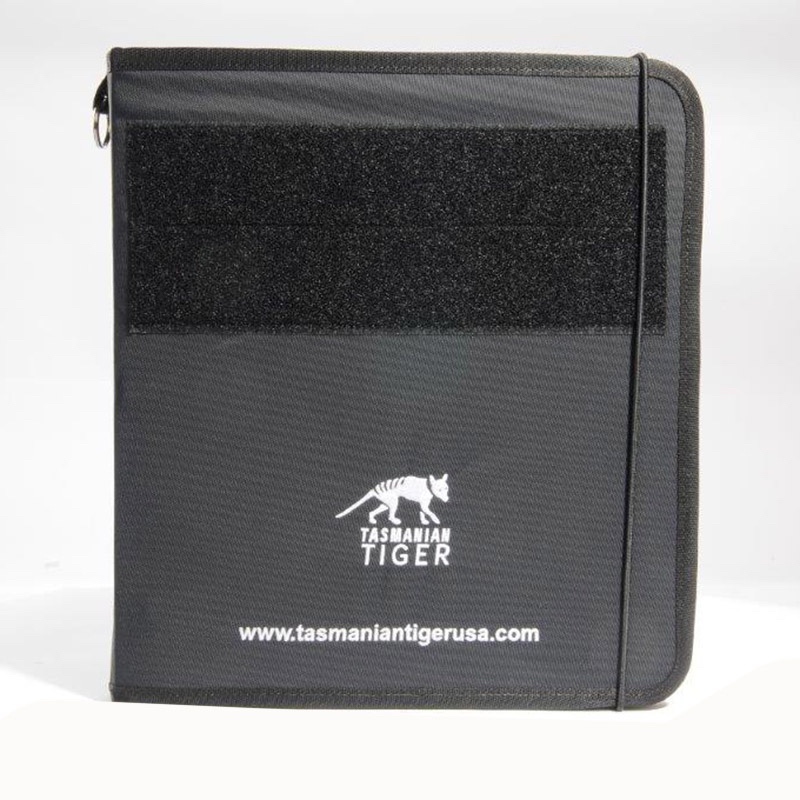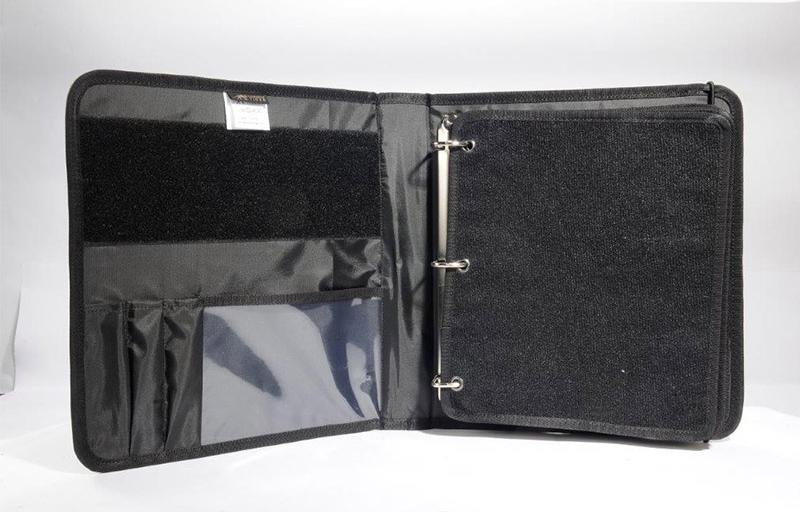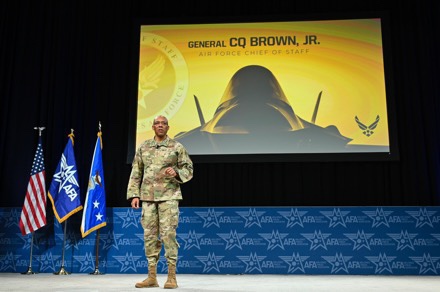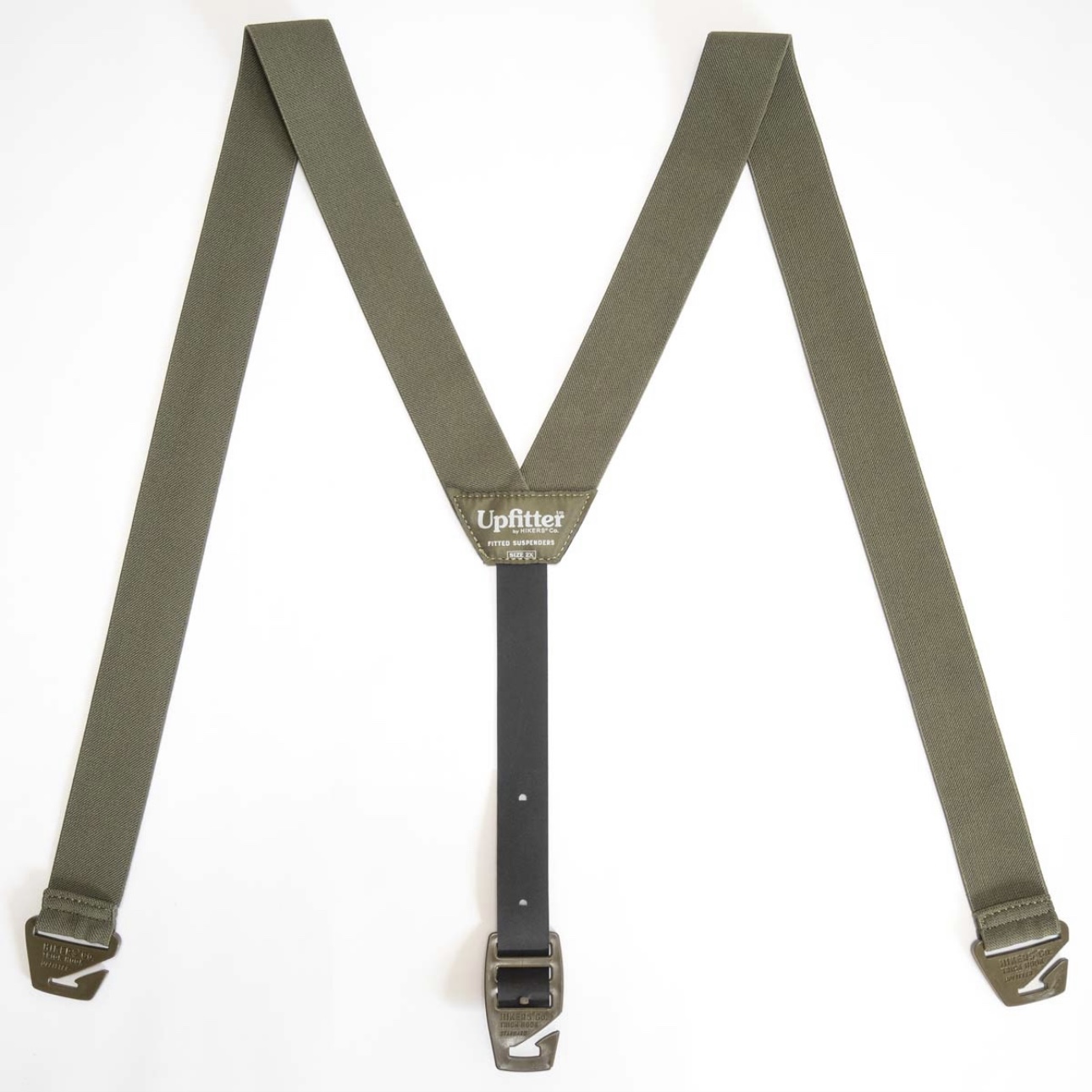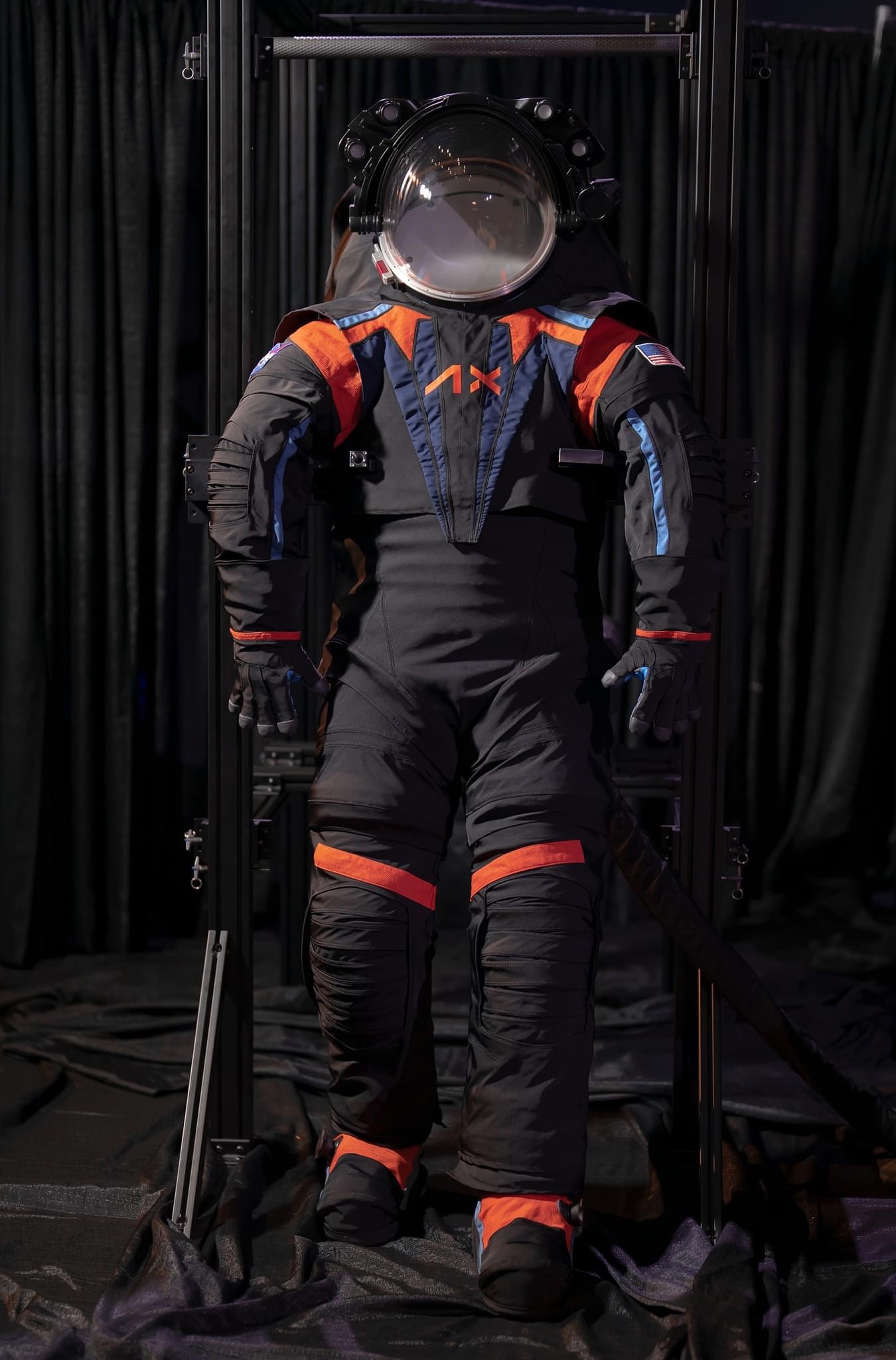“When people hear ‘veteran’ they think of an elderly gentleman wearing medals. But what about our servicewomen? Women have been invisible for too long, and we now know the far-reaching impact this is having.”
Colonel (Retd) Alison Brown OBE, Chair of the Cobseo Female Veterans’ Cluster, and Life Vice President of the WRAC Association
[LONDON] The invisible cohort of female veterans will finally be brought into view, thanks to a new programme designed to deliver long-term, systemic change at veteran-facing organisations such as healthcare services, care homes and charities. The news follows research including a 2021 report by Cosbeo and NHS England showing that female veterans are significantly less likely to identify with the term ‘veteran’ than their male counterparts.
The Female Veterans Transformation Programme will be managed by the Women’s Royal Army Corps (WRAC) Association and Cobseo (The Confederation of Service Charities) to reduce barriers to women who have served, by working collaboratively across the Armed Forces charity sector. The project will be funded by a £300,000 grant from the Armed Forces Covenant Fund Trust.
DELIVERING NECESSARY CHANGE VIA A TRAINING TOOLKIT
The announcement follows extensive research into the experience of female veterans who have left the Armed Forces which shows an estimated 53% of female veterans feel their needs are not adequately met by current veteran services, as confirmed by Sarah Atherton MP in a 2021 report. The Female Veteran Transformation Programme plans to set foundations for future generations of female veterans across the Royal Navy, Army, and Royal Air Force by developing a toolkit to tackle key themes including: physical and mental healthcare, financial advice, care provisions, employment services and combating loneliness. In the words of Colonel (Retd) Alison Brown OBE, who is Chair of the Cobseo Female Veterans’ Cluster Group, and Life Vice President of the WRAC Association: “We will translate our strong understanding of the female veteran cohort to ensure that the particular needs of female veterans are firmly embedded in the design and delivery of support services, diluting and, in time, removing the many barriers to access now identified through published research.”
PREPARING GROUND FOR FUTURE GENERATIONS
£300,000 in funding from the Armed Forces Covenant Fund Trust’s Transformational Grants programme will allow Cobseo’s Female Veterans’ Cluster Group to set foundations for future generations of servicewomen – by collaborating with veteran-facing organisations (such as health services, care providers and charities) to provide tailored guidance on how to support newly transitioned female veterans as well as their older counterparts. Nick Pope, Chair of Cobseo, voices his delight: “This funding is a very positive step forward in developing sustainable and targeted support for all female Veterans. The research commissioned by Cobseo’s Female Veterans Cluster, and undertaken by the Veterans and Families Institute for Military Social Research (VFI) at Anglia Ruskin University to examine women’s overall experiences in the UK Armed Forces in June 2021, made a range of recommendations on how to improve life for women during and after military service, and this funding enables us to work collaboratively across the Armed Forces Charity sector to take significant action towards making real lasting and change.”
Anna Wright, Chief Executive of the Armed Forces Covenant Fund Trust, shares her thoughts on the newly-awarded Transformation Grant: “We are excited by the potential for systemic change, addressing some very difficult challenges for the Armed Forces community. It is inspiring to see the level of in-depth knowledge, experience and expertise shown by those who’ve received funding. We look forward to seeing the impact that this funding will have and hope that it will prove to be truly transformational.”
ADDRESSING UNDER-REPRESENTATION
The Rt Hon Johnny Mercer MP, Minister for Veterans’ Affairs has recently highlighted the need for improved provisions for female veterans: “Making this country the best place in the world to be a veteran shouldn’t just be something we say, but something we do. In order to deliver this ambition, it’s vital that we listen to women veterans, celebrate their successes, and deliver the support they need.”
Paula Rogers, CEO of the WRAC Association, explains: “This AFCT funding allows the Women’s Royal Army Corps Association, in partnership with the Cobseo Female Veterans’ Cluster Group, to take forward this much-needed work to design and sustain the provision of support services for all female veterans. We are proud to be spearheading this work for female veterans across the Royal Navy, Army, and Royal Air Force and will work to deliver long term systematic change with benefits reaching our elderly war-service veterans through to those leaving their service career in years to come.”


